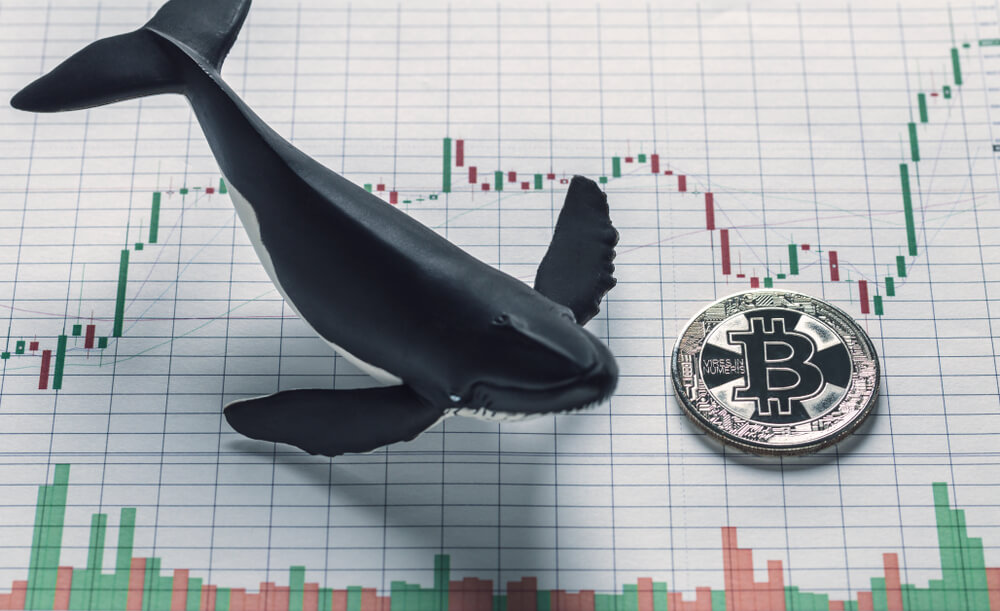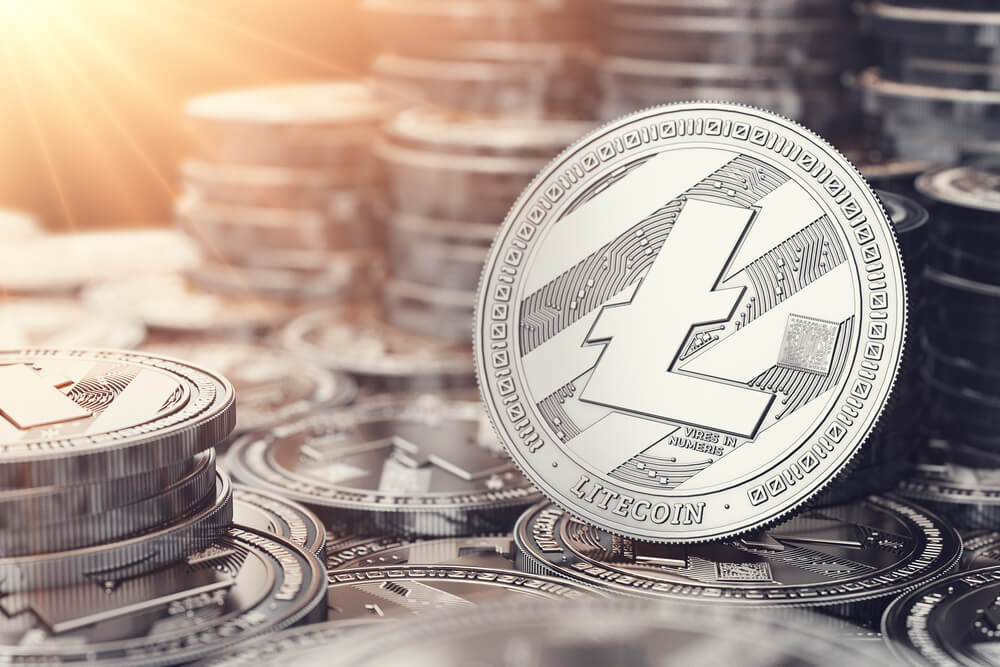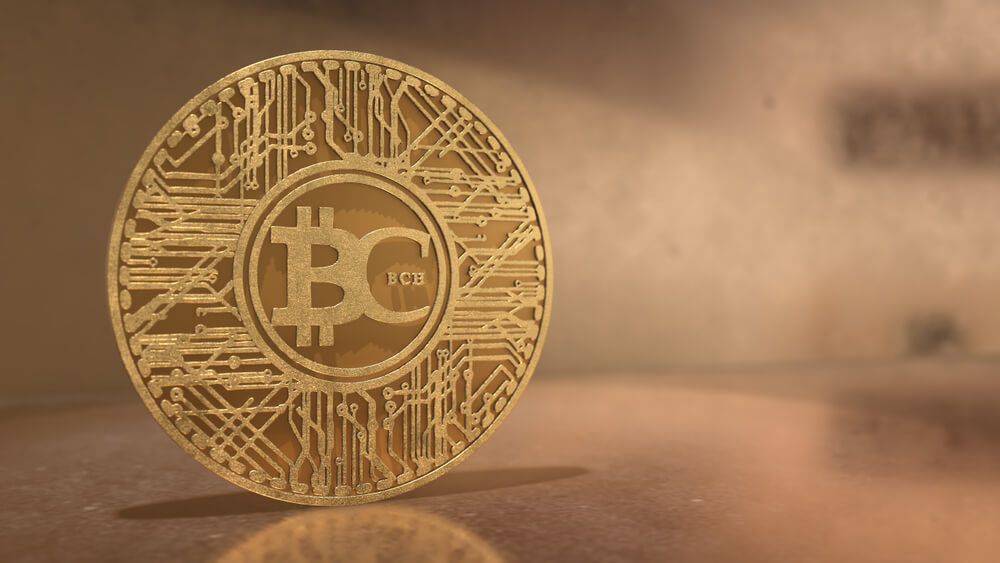Introduction
Whales are a metaphor for individuals with high-worth in the capital and have the capability to persuade the market in their preferred direction. In this article, we shall understand how the whale’s actions impact the cryptocurrency market.
Whales’ typical move is to create a wave in the market. They cause the market to artificially appreciate or depreciate so that they can get the best price to make their purchase and ride in profit. Now let’s see how they create this illusion in the market.
How do the Whales work?
We know that the job of Whales is to create a wave in the market. And the amount needed to create it depends on the market cap of the instrument. So, a bigger ocean would require bigger whales to produce a considerate wave.
To produce a wave, the whales place a large number of sell orders at a low price such that there are not as many buy orders as their sell orders. With these sell orders, the exchange has no other option but to execute the order. In doing so, a wave will be brought into the market, which will drive the prices lower and lower in a very short period of time. Once prices drop, the whales begin to buy at these lower prices.
If the number of orders of the whales is not as large as the number of buyers, and they still place sell orders at low prices, there would be enough buyers to fill those sell orders. Hence, only a young market with a small market cap is prone to these whale waves.
For instance, BearWhale was able to bring and hold the prices of Bitcoin to as low as $300 only for a few hours. Because there were a large number of buyers to consume the entire sell orders of the whales. However, it did bring a sudden drop to the Bitcoin prices, but the impact is relatively lesser than smaller markets.
Price Suppression
As mentioned in the previous example, the Whales use their powers to create waves to make strategic lows so that they can buy the cryptocurrency at great discounts. They use this strategy repeatedly, placing orders at low prices, wait for the price to drop, remove their sell order, and buy for the reduced price. For example, the NEO coin with a very small market cap fell from $37 to $4 in just one day. And the responsible ones were none other than the waves.
On the contrary, there price pumping, where the whales, instead of placing sell orders, place enormous buy orders to inflate the market higher. When the prices appreciate all of a sudden, they get off with their buy orders and prepare to take short positions.
Conclusion
A sudden appreciation or depreciation in the prices can not only cause by Whales but other factors as well. This becomes difficult for traders to predict if the sudden rise and fall are real or not. Unfortunately, such activities cannot be put to a stop until the market-cap of cryptocurrency grows to the extent that such manipulations cannot be played.





